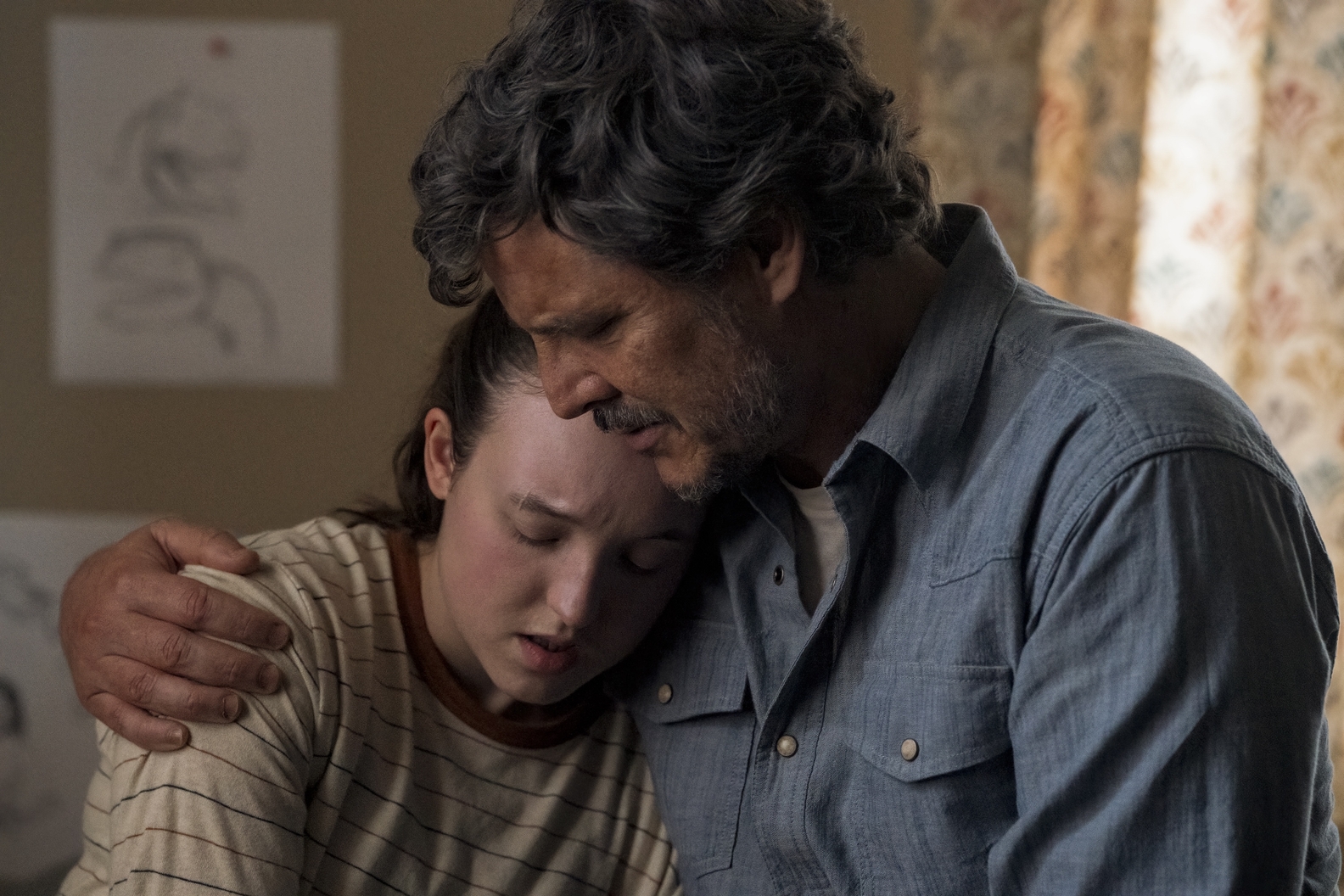The highly awarded video game adaptation of “The Last of Us” concluded its second season on May 25. Taking on the highly controversial plot of “The Last of Us Part II,” audiences learn the devastating consequences of Joel Miller’s (Pedro Pascal) violent conclusion to the season prior. After Abby (Kaitlyn Dever) takes revenge on Miller for killing her father, Ellie (Bella Ramsey) travels to Seattle to do the same. Feeding into the endless cycle of violence that defines this dystopia, she faces the repercussions of her choices when her girlfriend Dina (Isabela Merced) and Dina’s ex-boyfriend, Jesse (Young Mazino), get caught in her crossfire. While the impressive set pieces of the second season bit off slightly more than they could chew, the narrative makes it immune to a detrimental zombie infection.
Like any great video game, one of this season’s biggest triumphs are the set pieces. Whether it’s filming in actual snow storms, building an authentic dilapidated Seattle or transforming existing structures into underground infected hideouts, the world of “The Last of Us” comes alive with a profound sense of verisimilitude. Since every location is a practical environment — as opposed to a virtual backdrop — everyone from the showrunners to the directors to the actors use this to their advantage to pull off show-stopping set pieces.
The attack on Jackson in Episode 2 is movie-level in terms of size and scale — and it’s honestly better than a lot of modern cinema. Actors use every square inch of these fully constructed city blocks to make the audience believe that an entire city is under siege — not just the closet space afforded by a sound stage.
The horde escape sequence from Episode 4 sees Ellie and Dina run from the infected through the hollows of an abandoned train station. Desperate to escape, they run across the top of a train car, crawl through ramshackle hallways and use the revolving gates of the subway station to block off the coming horde. Because these locations look so real, the danger and horror the characters find themselves in feels more tangible despite the fact they exist in a post-apocalyptic reality. Despite some of these set pieces being immaculately constructed visual specials, the lighting design isn’t always a bright spot.
Since some of the set pieces revolve around night time stealth sequences or horde-infested basements, they have to be dimly lit, but oftentimes they are impossibly so. As enthralling as the chase in the fourth episode is, until Ellie and Dina become illuminated by the red glow of the subway car’s emergency lights, they are nearly impossible to make out against the pitch-black background. Similarly — and somehow even worse — is the encounter with the Seraphites in Episode 5. The scene practically exists as a black void of grunts and rustling foliage since almost no aspect of the sequence is visible. Funnily enough, video games have settings so players can adjust the brightness during darker segments — this is ironically a part of the game that “The Last of Us” Season 2 neglected to adapt.
While the action cannot always be seen, the character’s choices can always be felt throughout the season’s complex narrative structure. The progression of Season 2 isn’t an A-to-B plot line, but rather an ongoing revolution in a vicious cycle. When this season starts, audiences are dropped right into the heart of an active cycle of violence. Miller’s actions in the first season have consequences that propel Abby on a quest to avenge her father. Once Abby kills Miller, she inadvertently perpetuates that trend — only this time with Ellie traveling to Seattle to avenge her adopted father figure.
In following Ellie, the justification and reasoning behind her motives are already built in since the audience has spent nine hours investing themselves in her and Miller’s relationship. The viewer understands and even supports her decisions because they, too, lost Miller. They too want to make those responsible feel the consequences of their actions. This same logic also applies to Abby — and that is where the brilliance of Season 2’s story lies.
While the audience does follow Ellie, they are subconsciously experiencing the same journey Abby just finished. This allows the viewer to inadvertently come to understand and sympathize with the antagonist, whether they realize it or not. Audiences witness the lengths to which these lost daughters are willing to go to avenge their fathers. They see the loyal friends Abby puts in harm’s way in a deadly pursuit of her mission and the divide it causes between them — and viewers get to see Ellie make those same mistakes with Dina and Jesse. By seeing the end of Ellie’s journey before it even begins through the conclusion of Abby’s, there is a haunting understanding of what is at stake for the rest of the season.
To reiterate, setting the plot in motion within the context of this never-ending cycle of violence adds profound weight to the narrative because the audience gets to feel and debate the consequences of the characters actions. While Miller was the hero of Season 1, his decisions were not fully justified. Even though Abby is the villain of Season 2, her motives are understandable and remind the viewer that even the protagonist’s actions are not without consequence. Despite the audience being in support of Ellie’s revenge quest, they can’t not help but see the devastating start of a new cycle.
Despite some poor lighting, the interwoven, parallel character arcs is what makes “The Last of Us” Season 2 a consequential televised outing.
4.5/5
—
Featured Image by Liane Hentscher/HBO

